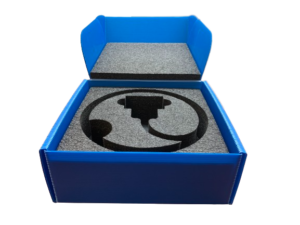Home » The Evolution of Protective Packaging Solutions
The Evolution of Protective Packaging Solutions
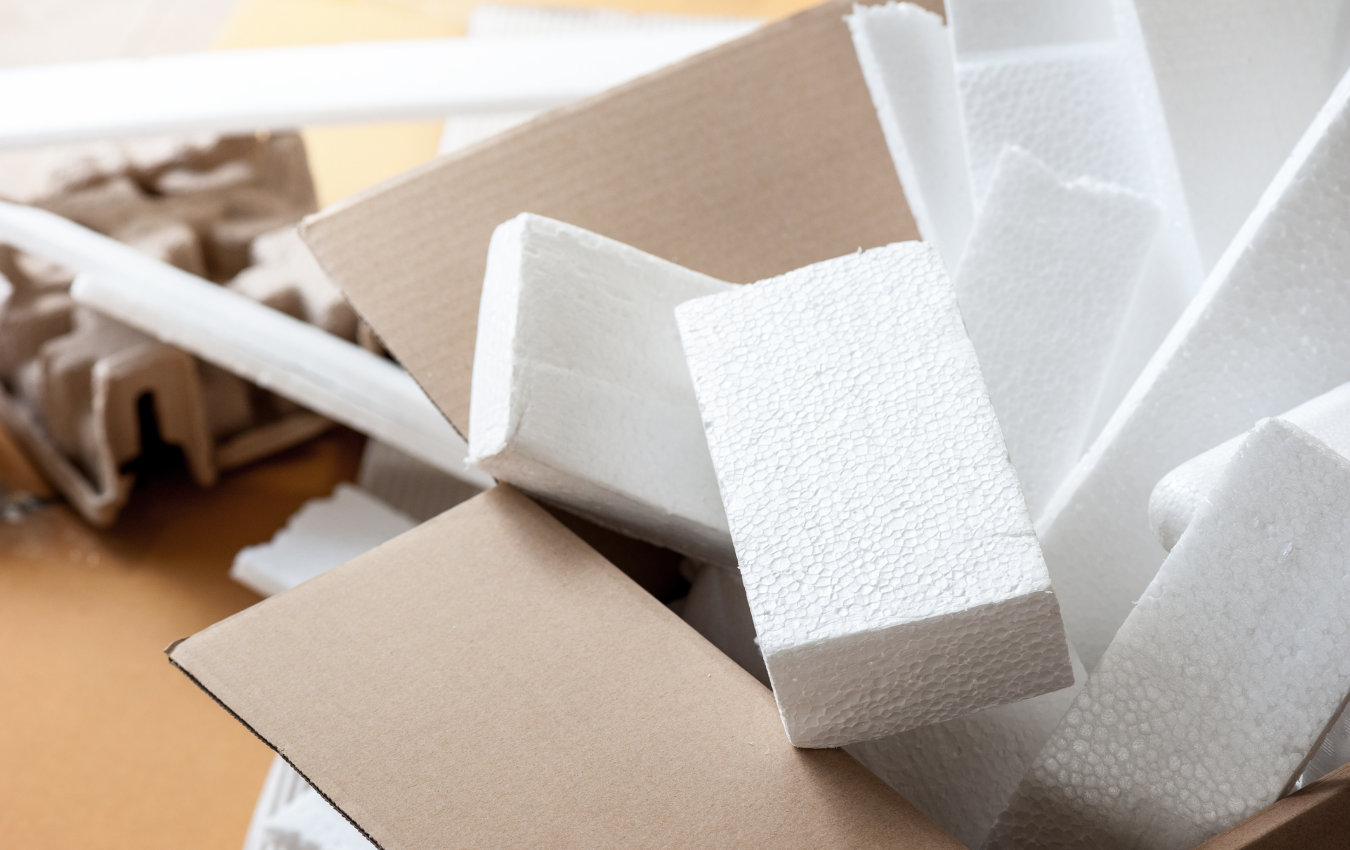
The fascinating world of protective packaging has seen considerable evolution over the decades. These advancements have been driven by the needs of various industries, emerging technologies, sustainability concerns, and consumer demand. In essence, protective packaging’s primary purpose remains to ensure products reach their destinations unscathed. This blog post will delve into the intriguing evolution of protective packaging solutions, tracing the industry’s trajectory from rudimentary beginnings to modern, eco-friendly innovations.
The Humble Beginnings
Packaging, in its earliest forms, was incredibly basic. The prime objective was to contain and protect goods, often food, during transportation and storage. Examples of early packaging materials include leaves, animal skins, and rudimentary wooden crates and barrels. The ancient Egyptians, for example, used reed and clay pots for packaging wine and grain.
The Industrial Revolution: A Turning Point
The advent of the Industrial Revolution in the late 18th century marked a significant milestone in the evolution of protective packaging. Mass production and global trade increased exponentially, requiring efficient and durable packaging solutions. During this period, glass containers and tin cans made their debut, offering better product preservation and protection.
The 20th Century: The Era of Plastic and Styrofoam
The 20th century saw a transformative shift in the packaging world, with the introduction of synthetic materials like plastic and Styrofoam. These materials offered superior protection, were lightweight, and could be molded into virtually any shape, making them ideal for a wide range of products.
Bubble wrap, invented in the late 1950s, became a popular packaging material due to its cushioning properties. Polystyrene (Styrofoam) peanuts soon followed, providing a cost-effective solution for filling voids in packaging and preventing product movement.
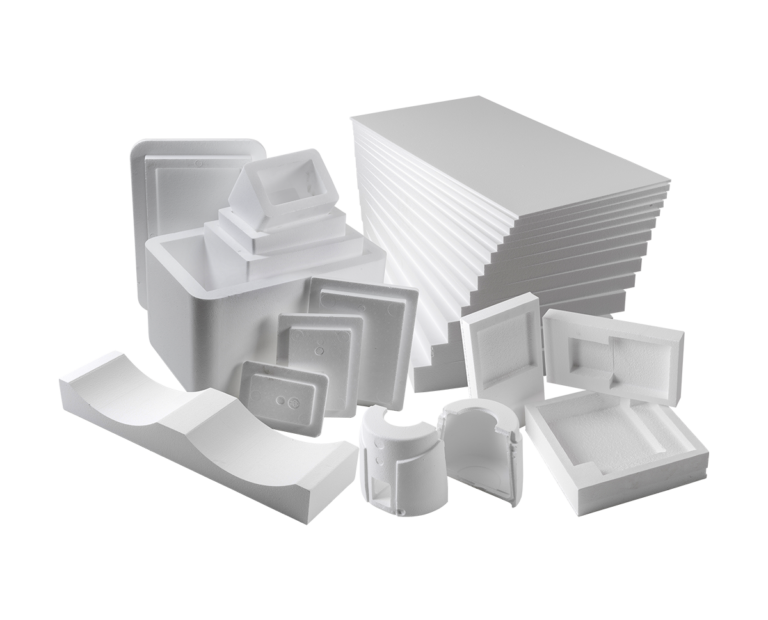
Towards Eco-friendly Solutions
Despite their protective qualities, materials like plastic and Styrofoam became a significant source of environmental concern due to their non-biodegradable nature. With increased awareness of environmental issues and consumer demand for sustainable practices, the packaging industry began exploring eco-friendly alternatives.
This shift has led to the development of biodegradable packaging materials, such as cornstarch and mushroom packaging. Cornstarch, a renewable resource, is used to create bioplastic, which has similar protective qualities to conventional plastic but decomposes naturally over time. Mushroom packaging, made from mycelium (the root structure of mushrooms), provides a sustainable and compostable alternative to polystyrene.
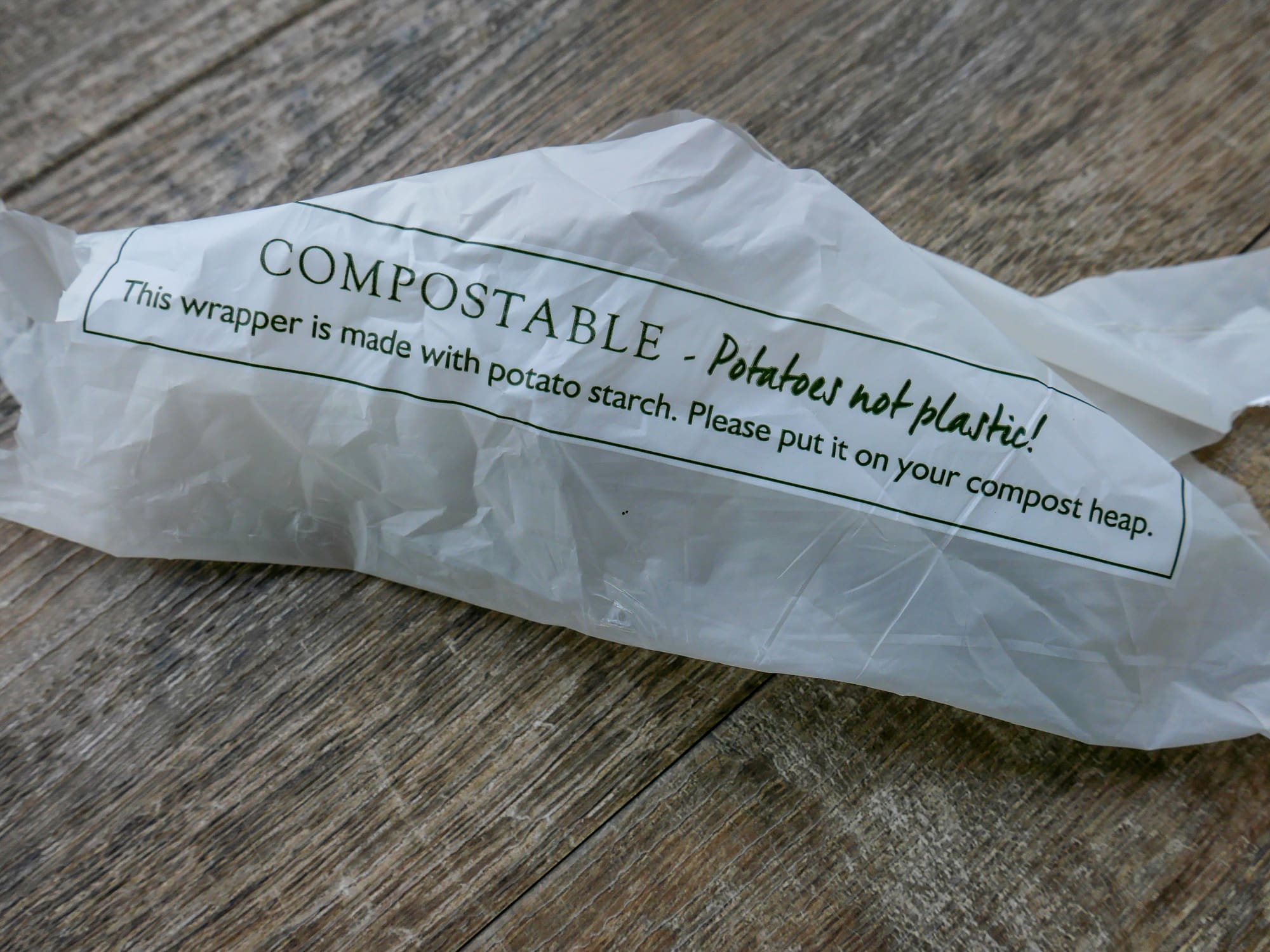
Embracing Technology: Modern Protective Packaging Solutions
The 21st century has welcomed the use of technology in creating innovative protective packaging solutions. Cutting-edge options like air pillows and inflatable packaging are grew in popularity. These solutions are not only effective in protecting products but also reduce the volume of packaging materials required, leading to cost and environmental benefits.
Technology has also enabled the use of advanced analytics in packaging. Companies can use data to optimize packaging design, improve protection, reduce waste, and enhance customer satisfaction.
The Future of Protective Packaging Solutions
As we look ahead, the future of protective packaging appears to be driven by two major trends: sustainability and customization. With environmental consciousness at an all-time high, the push for biodegradable, recyclable, and reusable packaging materials will continue to grow.
Additionally, with the advent of technologies like 3D printing and AI, we can expect to see an increase in customized protective packaging solutions. This allows for packaging to be tailored to the unique needs of each product, improving protection and customer satisfaction.
If you are interested in protective packaging solutions, then partner with Brown Packaging today to get started.
With new tariff proposals and continued trade uncertainty, 2026 is shaping up to be another pivotal year for packaging sourcing strategy. Many companies that shifted
Following multiple rounds of tariff changes and trade policy adjustments, 2026 marks a turning point for U.S. packaging buyers. Many who previously transitioned from China
Shifting packaging production from China to the U.S. can help stabilize costs, reduce tariff exposure, and shorten lead times. But the transition process requires careful
RSC boxes are known for their efficiency and versatility, but their performance ultimately comes down to strength. Buyers often see numbers like ECT, BCT, and
In packaging, foam isn’t just about initial protection — it’s about maintaining performance over the entire shipping or storage cycle. Compression set and recovery characteristics
Pouches are a go-to for flexibility and convenience, but they can fail in critical ways—from poor seals to punctures and delamination—that hurt performance and brand
Home » The Evolution of Protective Packaging Solutions

In the world of retail, theft and shoplifting pose significant challenges, costing businesses billions of dollars each year. While it may not be possible to
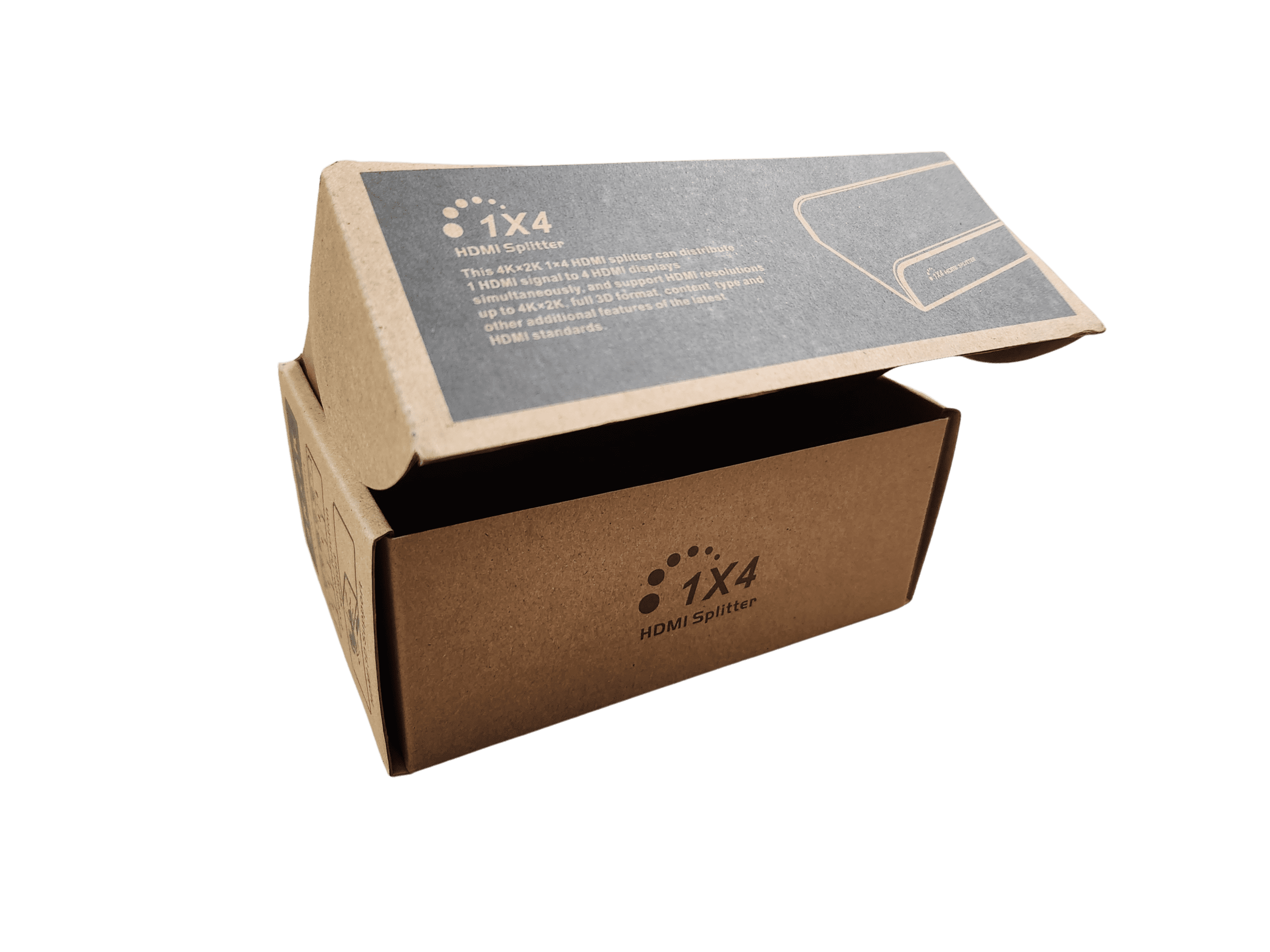
In the world of packaging, the way a corrugated box is sealed and closed is as important as the box itself. The right type of
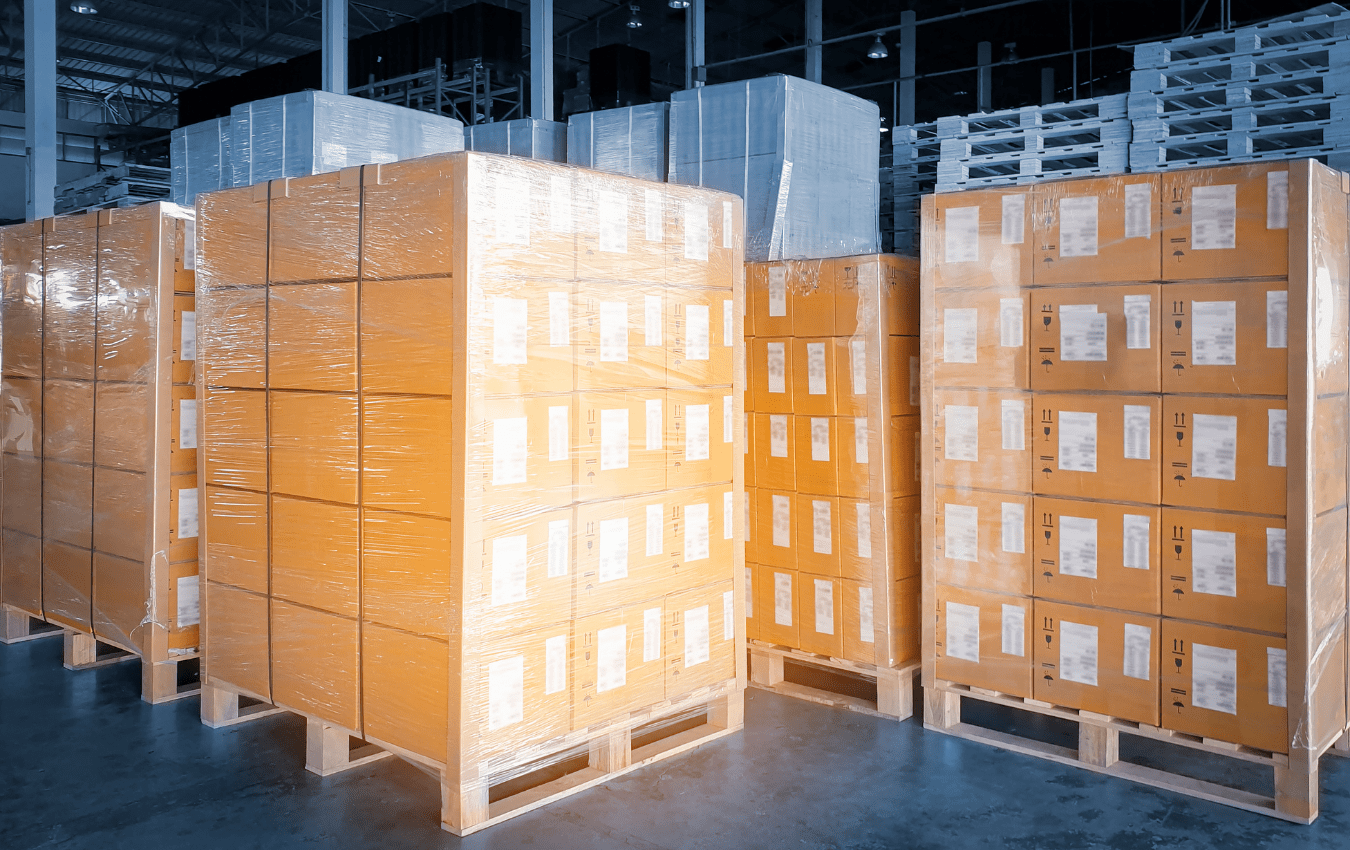
When it comes to packaging fragile or valuable items, ensuring their safe transportation is crucial. One effective way to protect these items during shipping or


